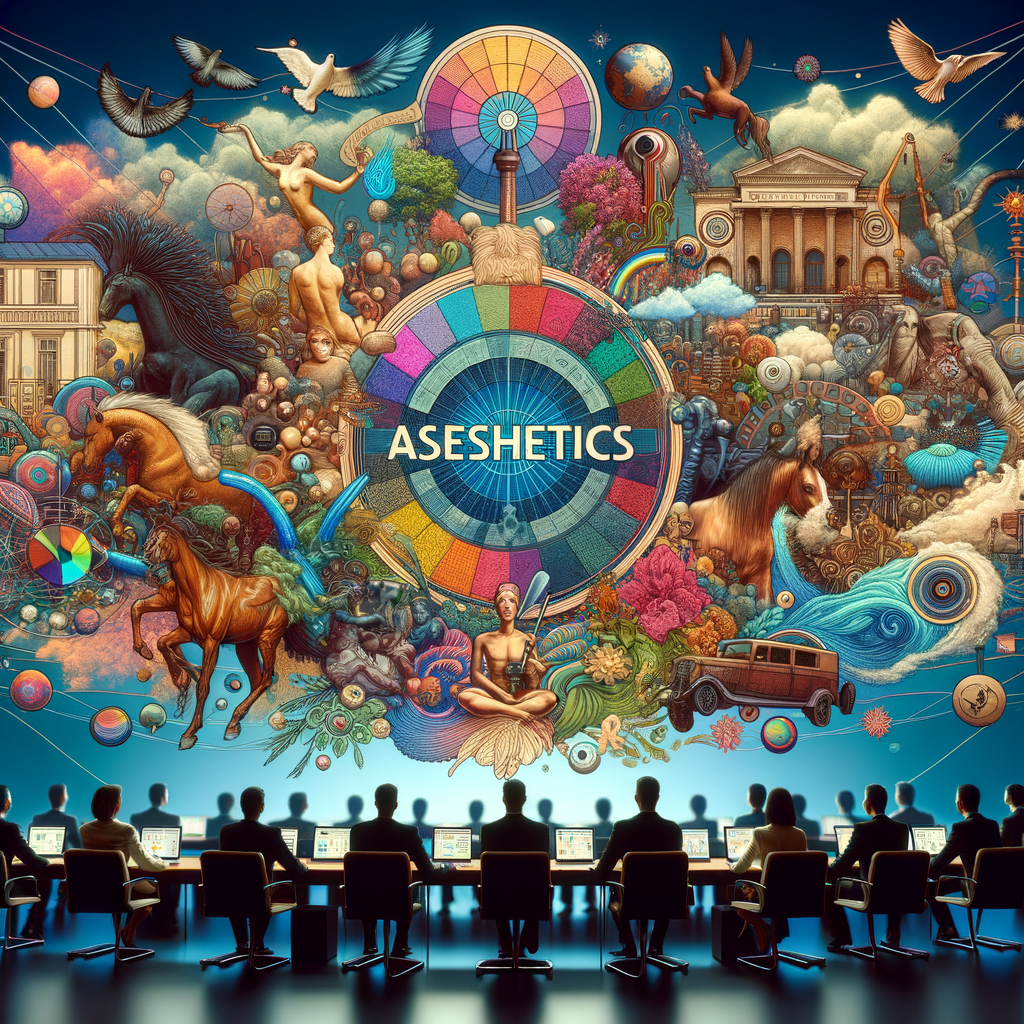Introduction:
Camp, as an aesthetic concept, is a term that has been used to describe a style that is intentionally exaggerated, theatrical, and over-the-top. It is often associated with humor, irony, and kitsch, and has been embraced by various subcultures, artists, and designers. In this article, we will delve into the world of camp aesthetics, exploring its origins, elements, and significance in contemporary culture.
Understanding the Aesthetic of Camp
The concept of camp can be traced back to Susan Sontag’s seminal essay "Notes on Camp," where she defined it as a sensibility that celebrates artifice, stylization, and exaggeration. Camp is often associated with queer culture and has been used as a form of resistance against mainstream norms and conventions. It is a way of embracing the artificial and the theatrical, challenging traditional notions of taste and beauty.
Camp aesthetics can be seen in various forms of popular culture, from fashion and film to music and literature. It is characterized by its flamboyance, playfulness, and extravagance, often blurring the lines between high and low culture. Camp embraces the tacky, the garish, and the gaudy, reveling in the over-the-top and the kitschy. It is a celebration of the artificial and the superficial, a rejection of the mundane and the ordinary.
Unpacking the Elements of Camp Aesthetics
There are several key elements that make up the aesthetic of camp. These include irony, humor, nostalgia, and theatricality. Irony plays a crucial role in camp aesthetics, as it involves a playful subversion of traditional values and norms. Humor is another important element, as camp often relies on wit, satire, and parody to create its exaggerated and theatrical effects.
Nostalgia is also a key aspect of camp aesthetics, as it often involves a longing for a past era or style that is perceived as glamorous or exotic. Finally, theatricality is at the heart of camp, as it involves a performance of identity that is exaggerated, artificial, and self-conscious. Camp aesthetics revel in the artificial, the performative, and the exaggerated, creating a world that is both fantastical and absurd.
Conclusion:
In conclusion, the aesthetic of camp is a playful and subversive style that celebrates artifice, exaggeration, and theatricality. It has its roots in queer culture and has been embraced by artists, designers, and subcultures as a form of resistance against mainstream norms. Camp aesthetics can be seen in various forms of popular culture, from fashion to film, and is characterized by its flamboyance, humor, and nostalgia. By unpacking the elements of camp aesthetics, we can gain a deeper understanding of this unique and vibrant style that continues to inspire and provoke in contemporary culture.

Leave a Reply